Follow the Advocate on Twitter @GSA_Advocate
New study identifies 12 potential ecological benefits of aquaculture, which can help restore or conserve marine ecosystem
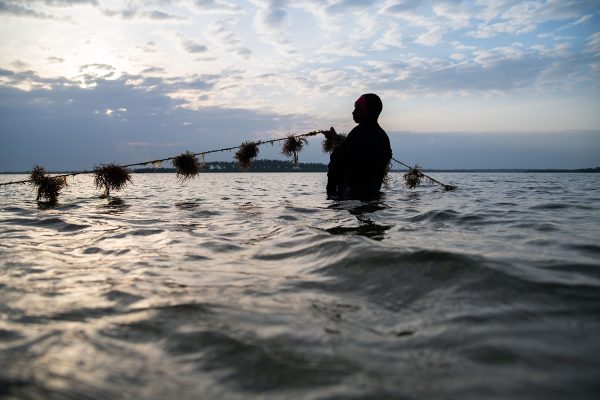
Aquaculture contributes to biodiversity and habitat loss in freshwater and marine ecosystems globally, but when used wisely, it can also be part of the solution, concludes new research from the University of Melbourne.
The study, which was published in Conservation Biology, identifies 12 potential ecological benefits of aquaculture. These include species recovery, habitat restoration, rehabilitation and protection and removal of overabundant species.
“Most people around the world live near freshwater or marine ecosystems, and we rely on them as sources of food, tourism, recreation, culture, and livelihood,” said Kathy Overton, lead author and University of Melbourne researcher. “However, our impacts on freshwater and marine ecosystems are degrading important habitats and causing rapid declines in biodiversity. While the negative impacts of some types of aquaculture are well known, we can also use aquaculture as a tool to slow or stop these negative impacts and help restore ecosystems that have been largely lost over the last century.”
According to Overton, millions of tons of fish, shrimp, shellfish and seaweed are farmed for food each year, with some of this industrial production providing benefits to the environment when farmed in a specific way or place.
“Seaweed and shellfish farmed in coastal waters can remove excess nutrients coming from urban or agricultural runoff and reduce the likelihood of toxic algal blooms that kill fish and other native organisms,” she said.
In addition, researchers found there are a range of new ways that conservationists are tapping into aquaculture techniques to create new ways to restore or conserve species and habitats.
“Aquaculture is a key part of our process to rebuild lost shellfish reefs through creating healthy oyster and mussel juveniles to kick start the reef restoration process,” said Dr. Simon Branigan from The Nature Conservancy (TNC) Australia, the world’s largest conservation organization that uses aquaculture to restore lost marine ecosystems. “Reefs with abundant shellfish create strong ecological benefits – they are important habitats for a host of marine species, and they improve water quality. Without aquaculture, we would struggle to restore these lost marine habitats and get this important conservation work done.”
Aquaculture is also used to help restore vulnerable or endangered fish populations around the world, by “restocking” cultured farmed fish back into their habitats. It can also be used to replace wild harvesting of threatened animals. However, the research team highlighted the importance of using measurable indicators of success.
“By requiring a high standard of evidence to label something ‘ecologically beneficial’, this reduces potential for ‘greenwashing,’ where aquaculture industries might claim to be providing ecological benefits that aren’t really there,” said Tim Dempster, co-author and University of Melbourne professor. “We want to ensure that aquaculture practitioners monitor their ecological impact before claiming their farm creates ecological benefits. Just because a particular aquaculture activity does one positive thing, it doesn’t mean that it will deliver an overall benefit to the environment. It’s important to weigh up overall impacts when deciding if something is ecologically beneficial or not.”
As aquaculture expands in freshwaters and the ocean, the research team claims there’s an opportunity to “avoid the mistakes people have made farming on land that have led to habitat and biodiversity loss.”
“We want people to reimagine what aquaculture is and what it can do, and to show people how it can be used as a tool to safeguard aquatic ecosystems and biodiversity for future generations,” said Dempster.
Now that you've reached the end of the article ...
… please consider supporting GSA’s mission to advance responsible seafood practices through education, advocacy and third-party assurances. The Advocate aims to document the evolution of responsible seafood practices and share the expansive knowledge of our vast network of contributors.
By becoming a Global Seafood Alliance member, you’re ensuring that all of the pre-competitive work we do through member benefits, resources and events can continue. Individual membership costs just $50 a year.
Not a GSA member? Join us.
Author
-
Responsible Seafood Advocate
[103,114,111,46,100,111,111,102,97,101,115,108,97,98,111,108,103,64,114,111,116,105,100,101]
Related Posts
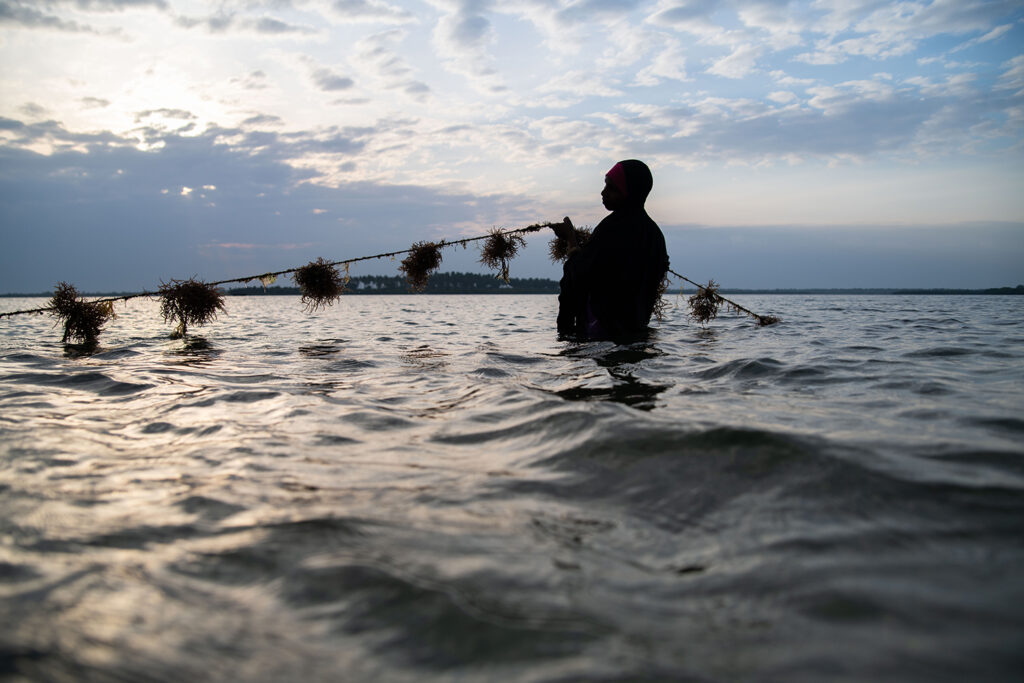
Responsibility
Climate change mitigation needs mariculture, new research concludes
NGO-academic collaborative study finds that mariculture “done right” can aid climate change mitigation by cutting greenhouse gas emissions.
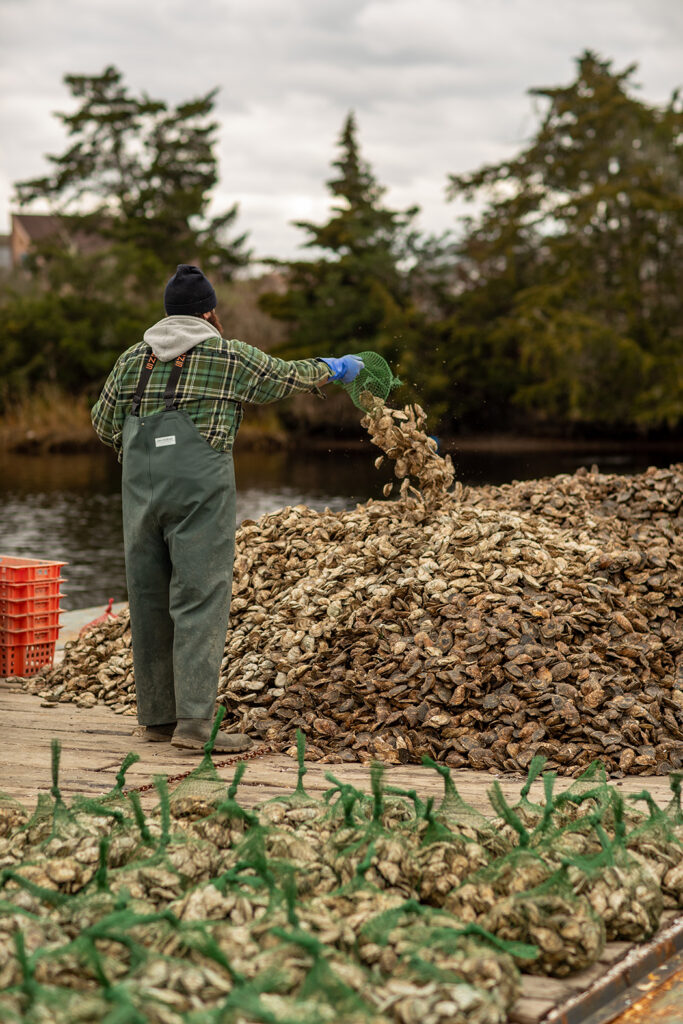
Responsibility
The Nature Conservancy issues $1 million in aquaculture grants
The Nature Conservancy will provide $1 million in grants to support conservation and innovation in the U.S. aquaculture industry.
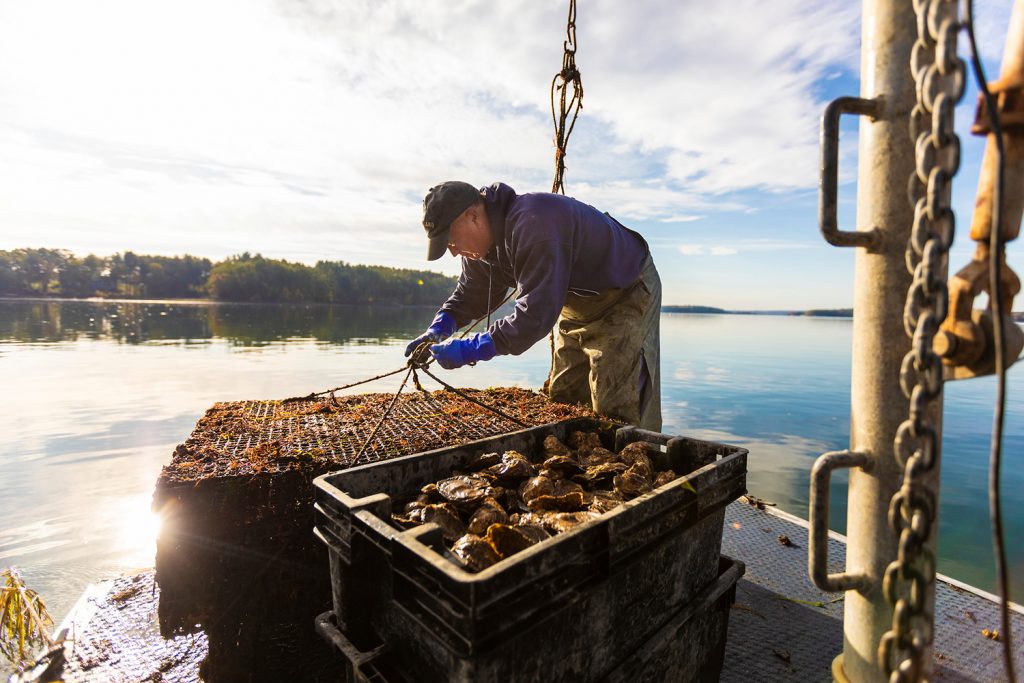
Responsibility
TNC: Restorative aquaculture can improve marine habitats, biodiversity
A report from The Nature Conservancy shows restorative or regenerative aquaculture can benefit ecosystems, marine animal habitats and biodiversity.
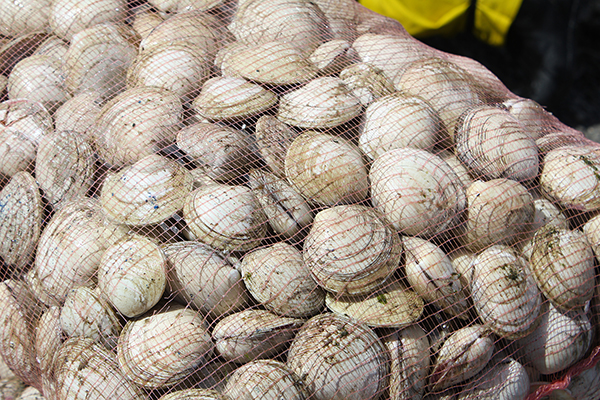
Responsibility
All clams on deck: How restorative aquaculture can repair Florida estuaries
New legislation aims to tackle tough environmental issues in Florida estuaries by bolstering the number of clams and seagrass through restorative aquaculture.



